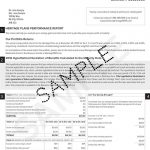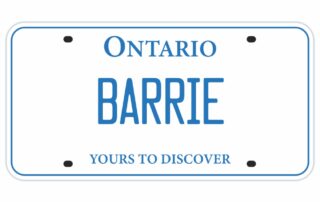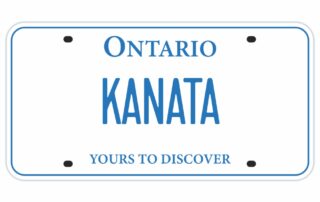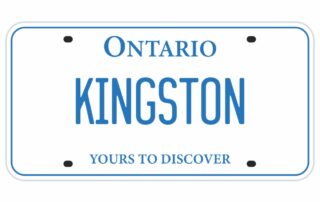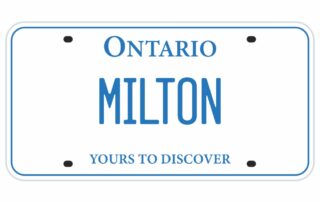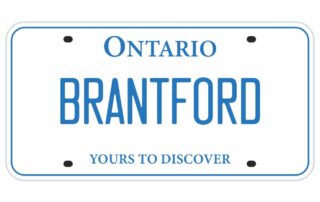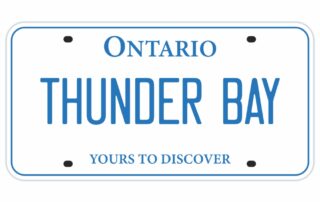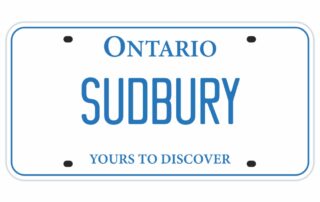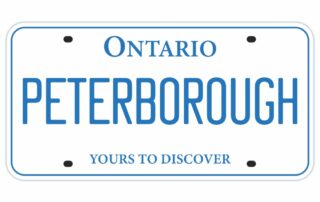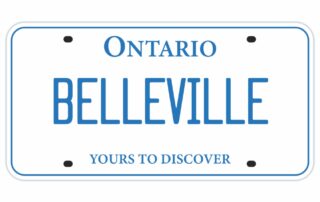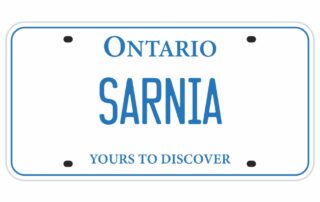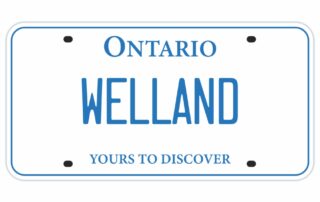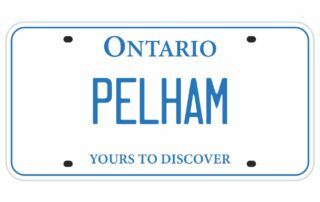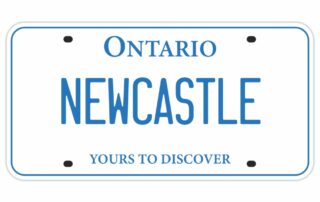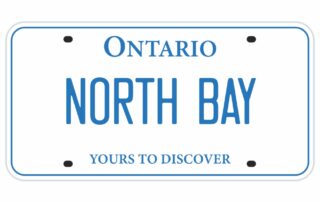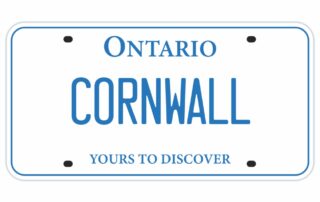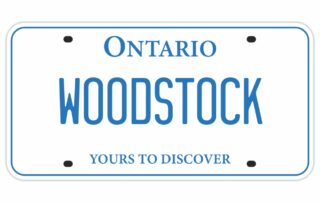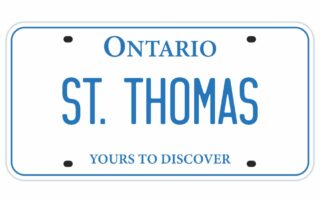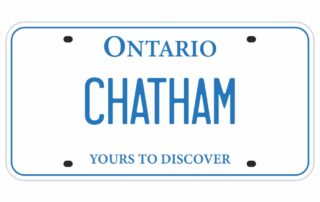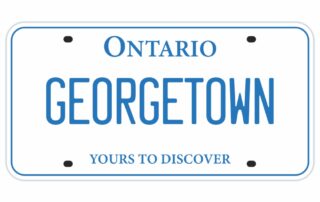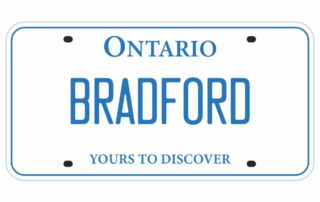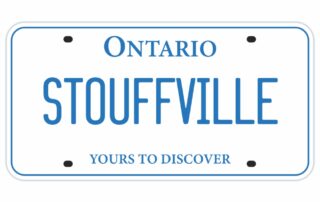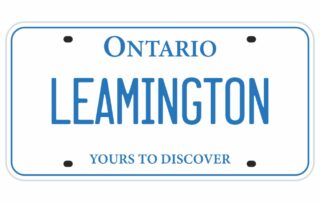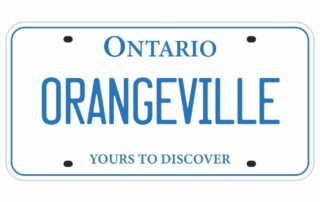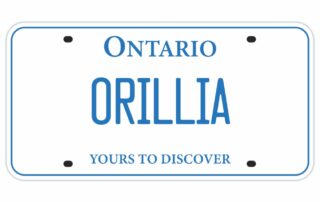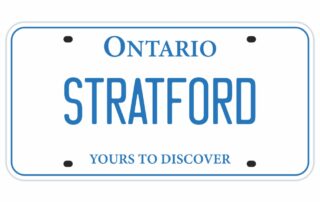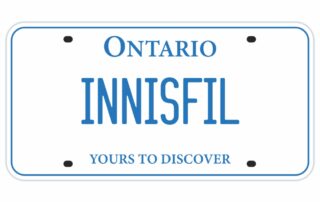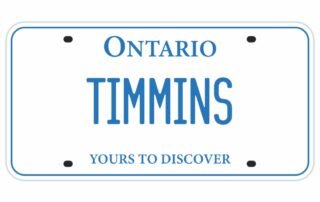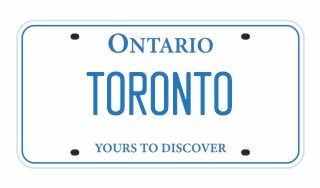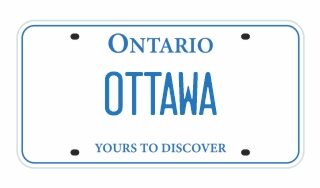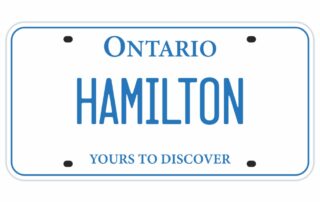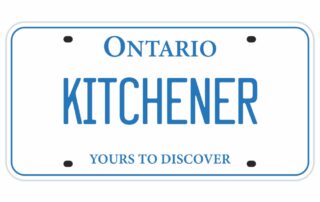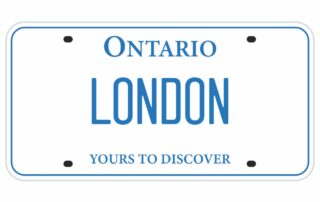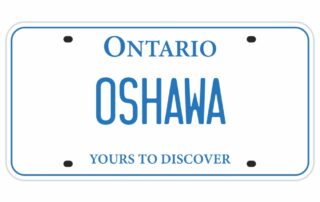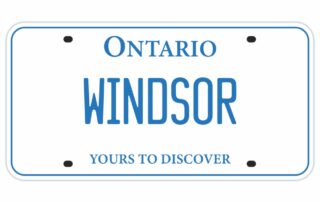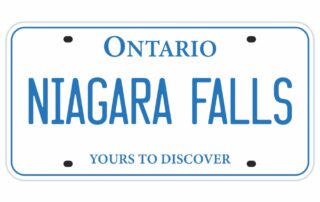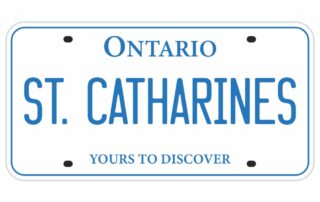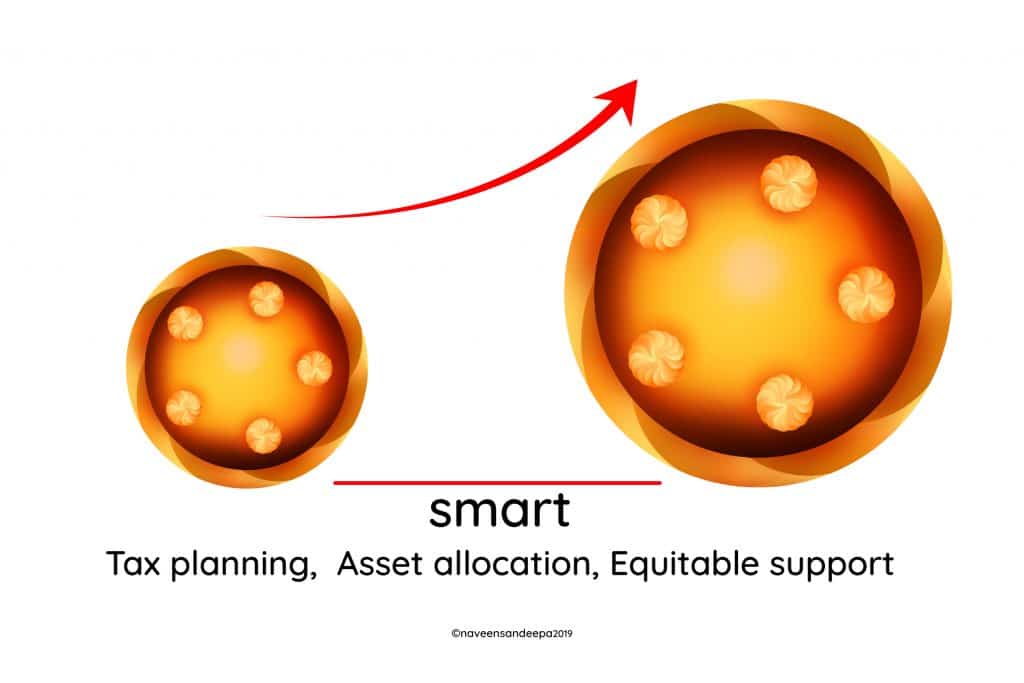Unlock Form 13.1 & Form 13 Made Easy Financial Statement
No, Ontario Family Court Form 13 and Form 13.1 are not the same. Here are the differences:
Form 13 – Financial Statement (Support Claims):
- Purpose: This form is used primarily for cases involving support claims, such as child support or spousal support.
- Content: It requires detailed information about income, expenses, assets, and debts.
- Usage: Typically used when only support issues are being addressed in the family law case.
Form 13.1 – Financial Statement (Property and Support Claims):
- Purpose: This form is used for cases involving both property and support claims.
- Content: It requires more detailed information compared to Form 13, including comprehensive details about property division, income, expenses, assets, and debts.
- Usage: Used when the case involves claims related to both support and property division.
In summary, Form 13 is used for support claims only, while Form 13.1 is used when both support and property claims are involved.
Not Just a Form, But a Financial Statement
Form 13 / 13.1 is not merely a form but an essential financial statement that plays a significant role in Ontario, Canada’s separation and divorce process. Here’s more about the pivotal role these documents play:
Overall, Forms 13 / 13.1 is essential for ensuring that all financial aspects are considered and addressed in the divorce process, helping to establish a clear foundation for all involved parties to move forward.
For a divorce in Ontario, you will need to gather financial documents including tax returns, pay stubs, employment records, bank statements, mortgage documents, and any other evidence of assets, debts, and expenses. These are essential for filling out Form 13.1 accurately and completely.
Form 13 is a financial statement used in family law in Ontario, required in child and spousal support cases. It differs from Form 13.1, which is also used for property division and other financial matters in divorce proceedings. Form 13 focuses solely on income and expenses relevant to support calculations.
When filling out a financial statement for child support in Ontario, use either Form 13.1 or Form 13, depending on whether your case involves property claims. Include all sources of income and expenses related to the child’s care. The form helps determine the appropriate amount of child support based on the financial information provided.
Ken Maynard CDFA, Acc.FM
I assist intelligent and successful couples in crafting rapid, custom separation agreements that pave the way for a smooth transition towards a secure future. This efficient process is achieved in about four meetings, effectively sidestepping the excessive conflicts, confusion, and costs commonly linked to legal proceedings. Clients have the flexibility to collaborate with me either via video conference or in-person through a DTSW associate at any of our six Greater Toronto mediation centers, located in Aurora, Barrie, North York, Vaughan, Mississauga, and Scarborough.
Have a few questions - Tap here to Schedule a Get Acquainted Call


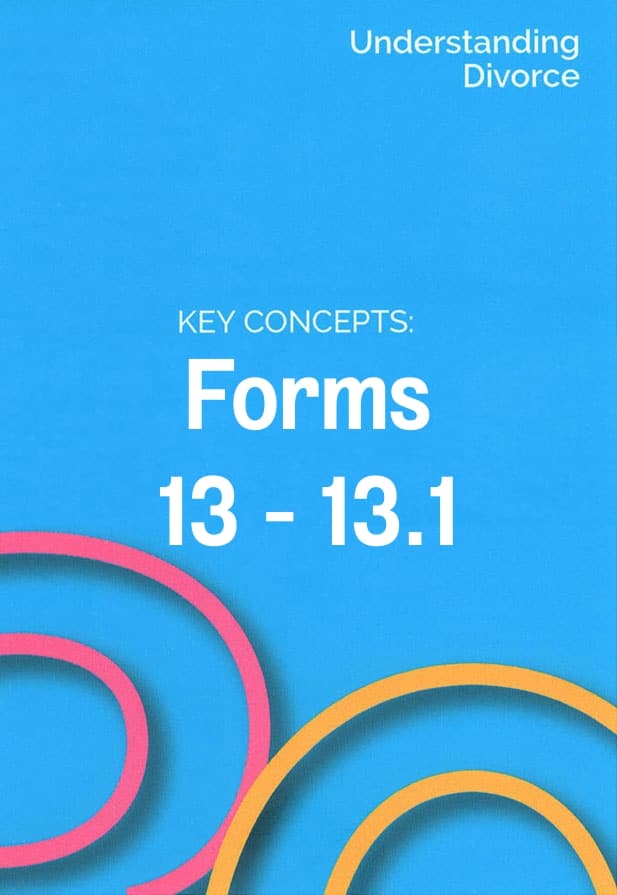

 If you have decided to proceed with your divorce, you may be expected to file a Financial Statement and
If you have decided to proceed with your divorce, you may be expected to file a Financial Statement and 

